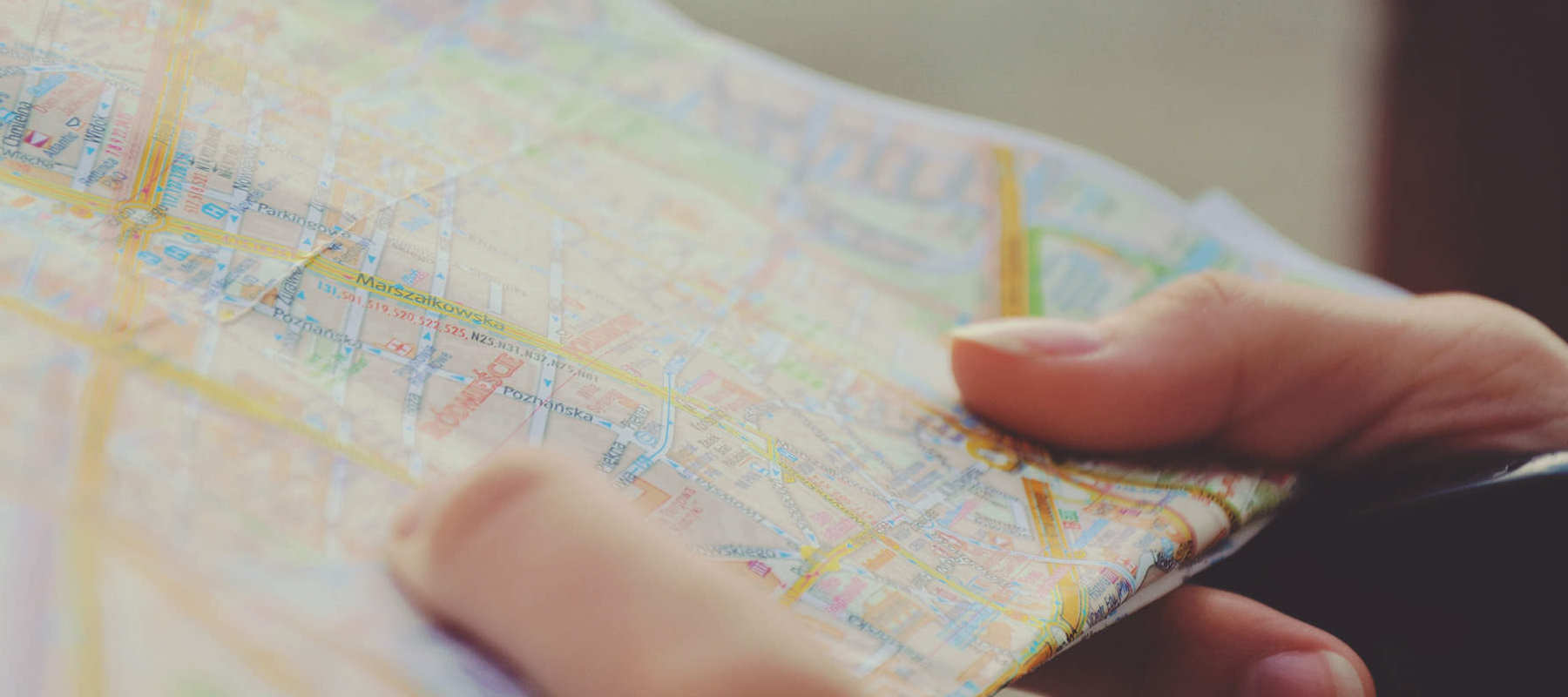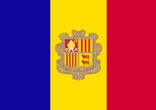
Call 0330 880 3600 Calls may be monitored or recorded. Opening Times.
- TRAVEL INSURANCE
- COVID-19 ENHANCED COVER
- More Options
- Help & Advice
- Existing Customers

Call 0330 880 3600 Calls may be monitored or recorded. Opening Times.

Need help?
UK Customer Services0330 880 3600*
Open Monday to Friday 9:00am to 6pm, Saturday 8:30am to 4pm and closed Sundays.
*Calls are recorded for training and quality purposes.

Official name: Principality of Andorra
Capital city: Andorra la Vella
Official language: Catalan
Population: Around 80,000
Currency: Euro (EUR)
Time zone: GMT+1
Driving side: Right
Highest point: Coma Pedrosa (2,942 m)
Climate: Mild summers, snowy winters, and cool mountain air year-round
Andorra is a tiny, landlocked principality tucked in the Pyrenees between France and Spain. Despite its small size, it punches above its weight as a tourist destination, with world-class ski resorts, summer hiking trails, and duty-free shopping. Visitors are drawn by the mountain scenery, relaxed atmosphere, and unique cultural mix of Catalan heritage and French–Spanish influences.
At just 468 square kilometres, Andorra is one of Europe’s smallest countries. The terrain is almost entirely mountainous, dotted with valleys, fast-flowing rivers, and alpine meadows. Elevations range from 840 m to nearly 3,000 m, making the country prone to avalanches in winter. Summers are pleasantly mild, while winters are cold and snowy, creating ideal conditions for skiing and other winter sports.
Andorra has no airport or train station, so entry is only by road from France or Spain. Coaches connect from nearby cities such as Barcelona and Toulouse, and the roads are well maintained. Driving in winter requires caution due to snow and ice. Crime is rare, and most visits are trouble-free. Tourism is central to the economy, with skiing, hiking, and shopping the main draws for visitors year-round.
Andorra is outside the EU and Schengen Zone, but since you can only enter through France or Spain, travellers must meet the visa rules for those countries. UK and EU visitors don’t need a visa for short stays, and passports must be valid for the length of stay. While there are no routine border controls, customs checks can take place, especially on goods.
The euro (EUR) is the official currency. ATMs are widely available, and cards are accepted in most shops, hotels, and restaurants. Andorra is a duty-free zone, so alcohol, tobacco, and luxury items are often sold at lower prices than in neighbouring France and Spain.
Healthcare facilities are modern, with the main hospital located in Andorra la Vella (Hospital de Meritxell). Pharmacies are common and well stocked. Travellers should carry comprehensive travel insurance, as treatment costs can be high. Winter visitors should ensure their policy covers skiing or snowboarding, as mountain rescue and hospital care can be expensive without the right cover.